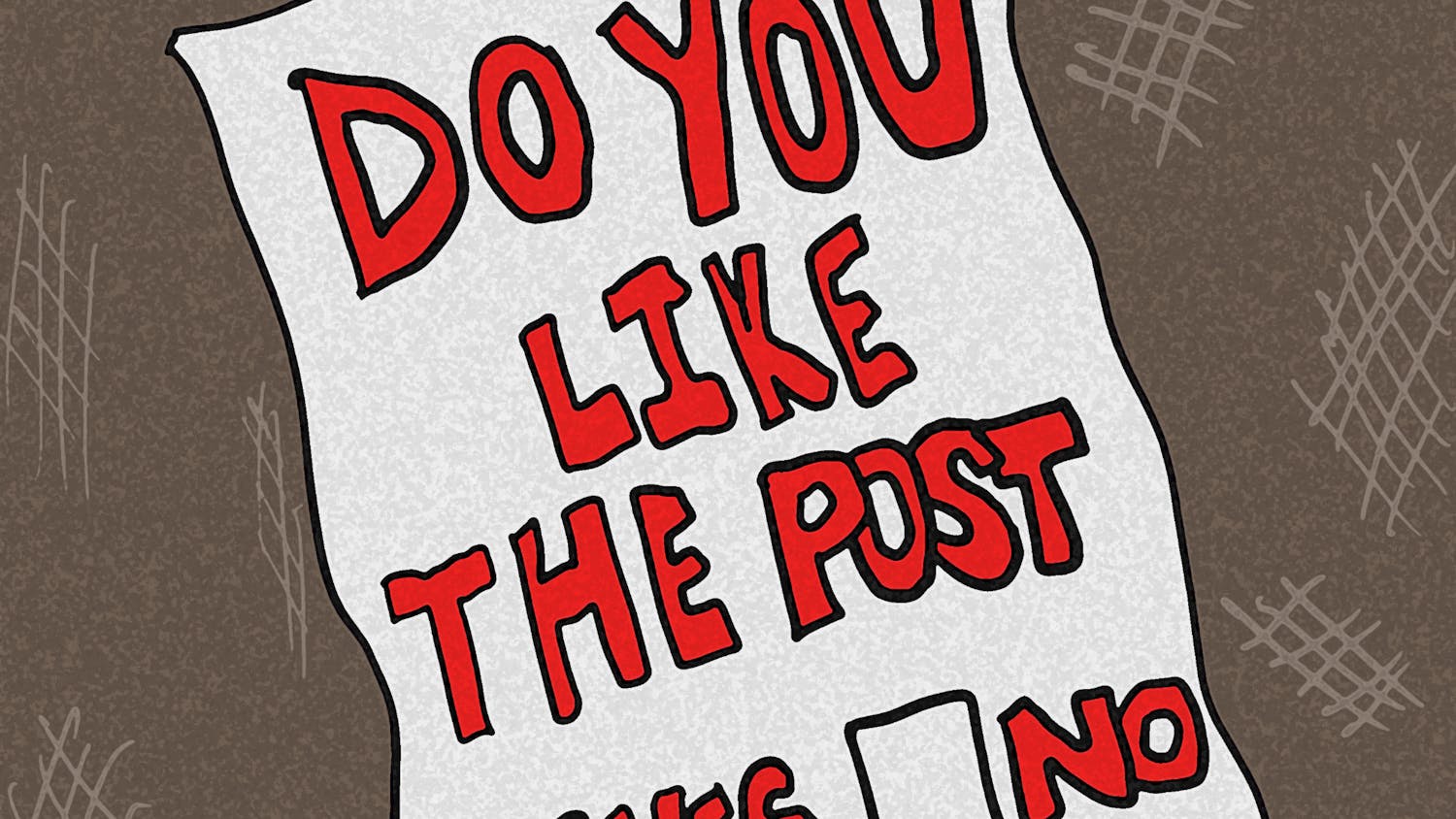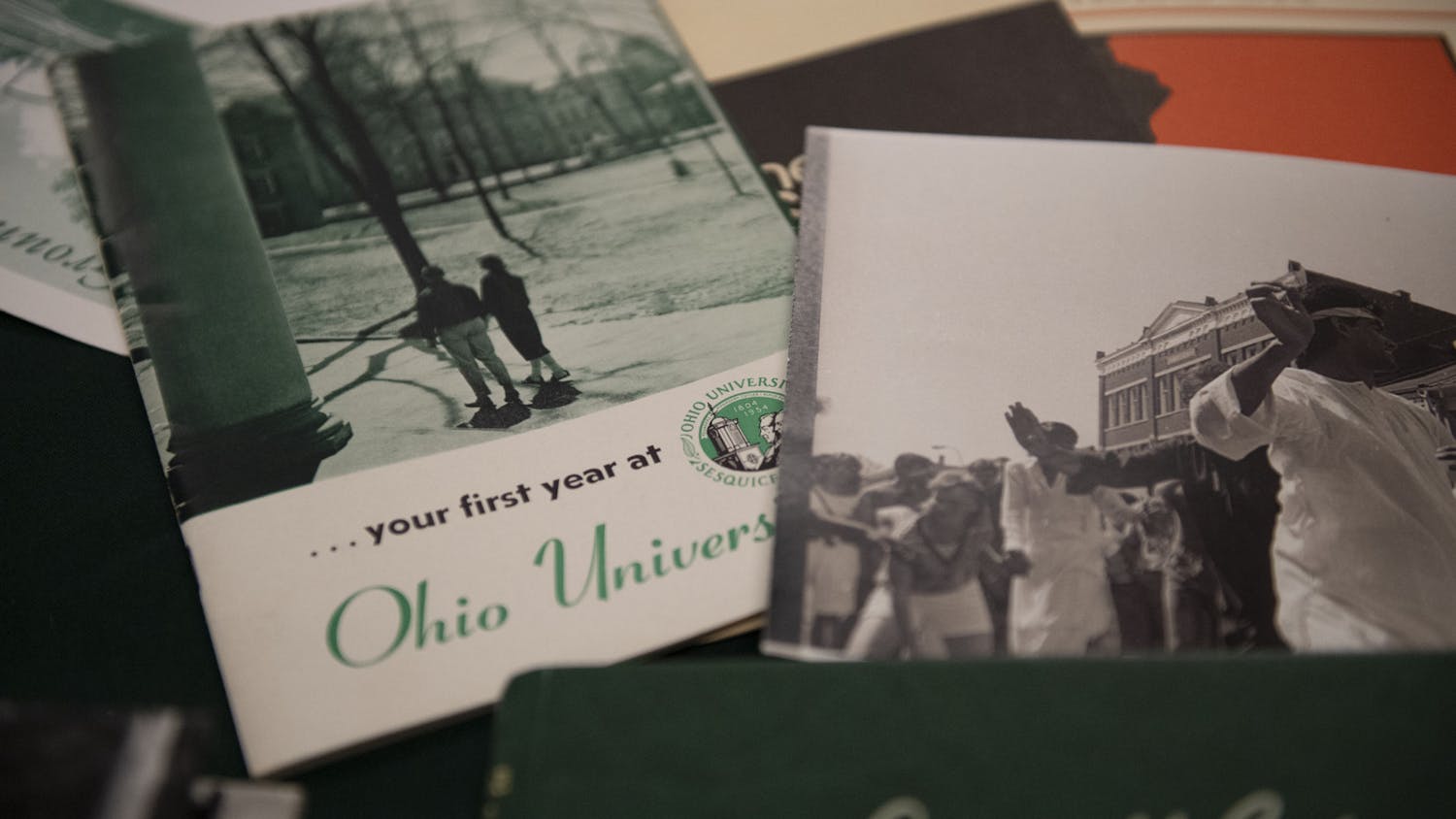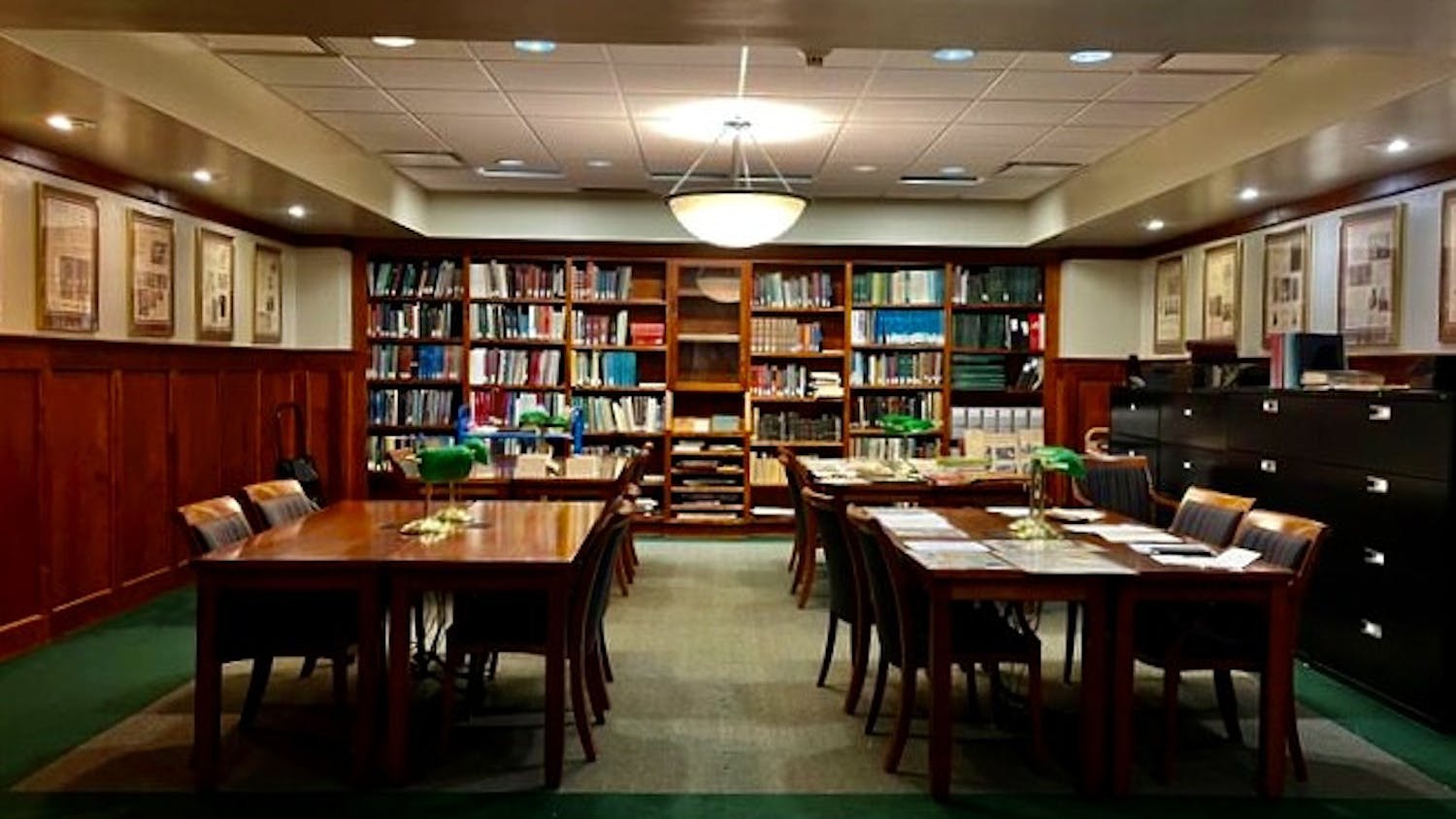Some of the best moments in rock ‘n’ roll come from the mistakes.
Whether it’s the first piano chord in The Police’s “Roxanne,” in which lead singer Sting mistakenly leans on the open piano; or Ringo Starr yelling “I’ve got blisters on my fingers” after 18 takes on The Beatles’ single “Helter Skelter,” the slip-ups can change music for the better.
Those mistakes made it to the final cut, though, because the bands were all recording to tape. And even now, with society’s increased affections for technology and ease of convenience, many in the recording industry are harking back to the old days of recording to tape.
“I don’t totally understand what it is (about tape), but I know I can hear the warmth in the track,” said Blake Skidmore, guitarist for Old Hundred. “It puts more focus on our live takes … because we are playing to tape and it means that there are mistakes that stay, and that’s not a bad thing.”
This indie folk-rock group out of Columbus has been making trips down and back to Athens to use Josh Antonuccio’s 3 Elliot Studio, which still records to tape. The vintage technology was one of the reasons the band settled on the recording studio in the first place.
“We have recorded songs where someone was able to use a program and correct beats or change the pitch of a voice (digitally),” Skidmore said. “It’s cool that they can do that, but there is a lot of character that comes from literally representing what you did in that moment in that time.”
He added that the other big reason for choosing the studio was Antonuccio’s experience with recording to tape, along with all the maintenance that comes with the job and his similar taste and affection for music.
Antonuccio also works as a lecturer at Ohio University and coordinating instructor in the music business and production program at Hocking College, and he said all of his students learn to work in both mediums.
Parts of the production process have turned digital as most, if not all, analog recording studios convert the tape to digital software to do the final editing on computers, as opposed to the old ways of physically cutting and splicing tape.
“There’s a cost factor and a maintenance factor. … A reel of tape, depending on the size of the tape, can range anywhere from $80 to $200 a reel for only 33 minutes of music,” Antonuccio said. “It’s not as easy as ‘plug it in and I’m done.’ ”
But not everyone is so quick to embrace the warmth of the old technology. For DJs, like Brandon “DJ B-Funk” Thompson, who have to keep their entire collection of music by their side for every performance, convenience is the No. 1 factor.
“I’m trying to go more towards the digital,” said Thompson, head DJ for Athens group Dave Rave. “A lot of the DJs we know now just show up with thumb drives and they plug it into the equipment and they are done. Right now we’re bringing … an 80-pound thing we have to put on the table.”
Thompson uses a program called Scratch Live, which allows DJs to play digital audio files while using the tactile manipulation of the turntables. Like Thompson, very few DJs stick to the original days of scratching actual vinyl.
Yet vinyl sales continue to rise, with a 32 percent jump in sales in 2013 that doesn’t look close to stopping.
Just because the sales are increasing, though, doesn’t necessarily mean everyone is pulling out their record players, said Andrew Lampela, owner of Haffa’s Records, 15 W. Union St.
“Analog is definitely a fuller sound and richer, but honestly I would imagine 40 percent of the records I sell don’t even get played,” he said. “I imagine it’s people buying (the record with the digital download), downloading it and listening to it on their iPod even though they have a record.”
@WILBUR_HOFFMAN
WH092010@ohiou.edu






